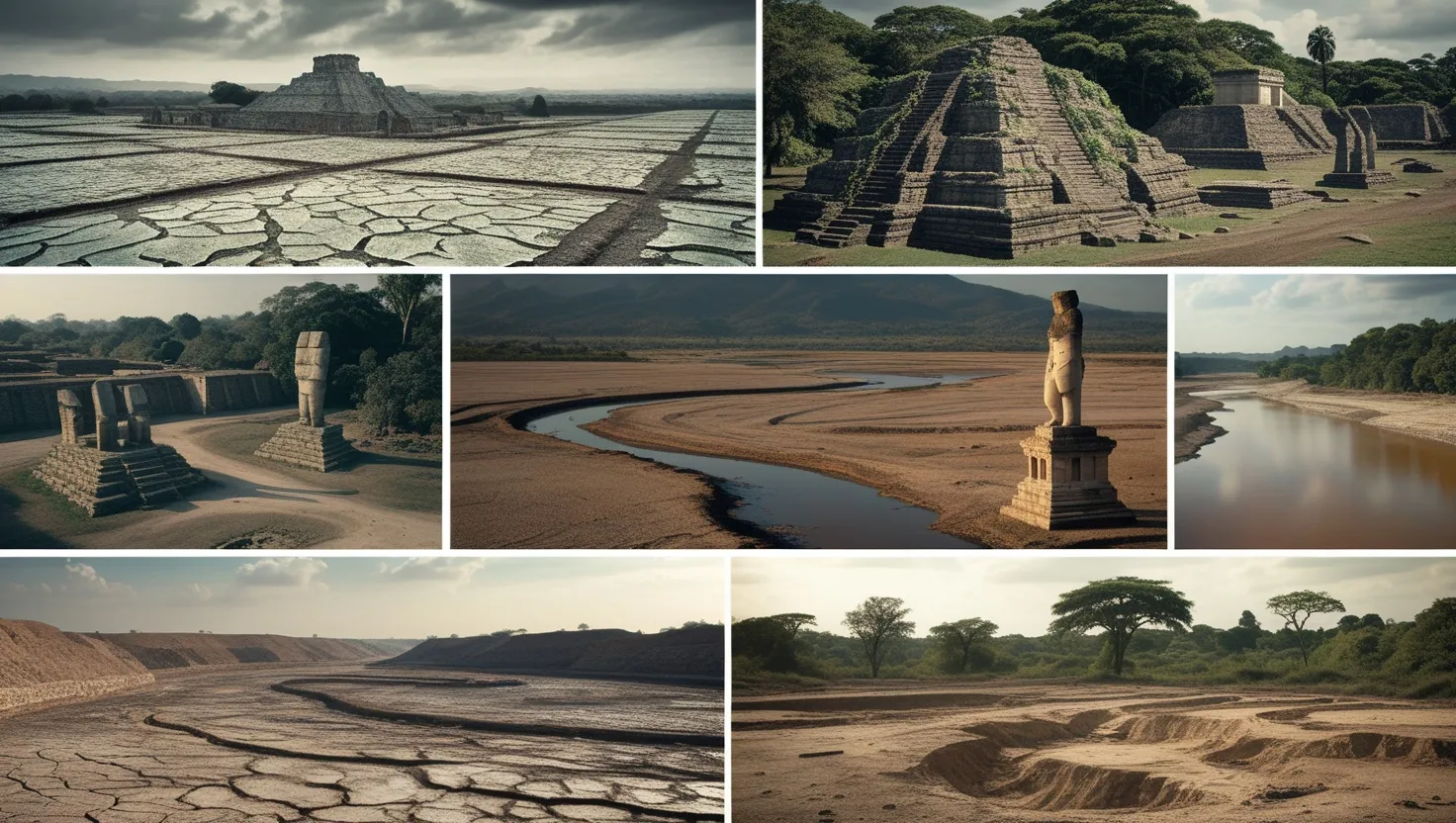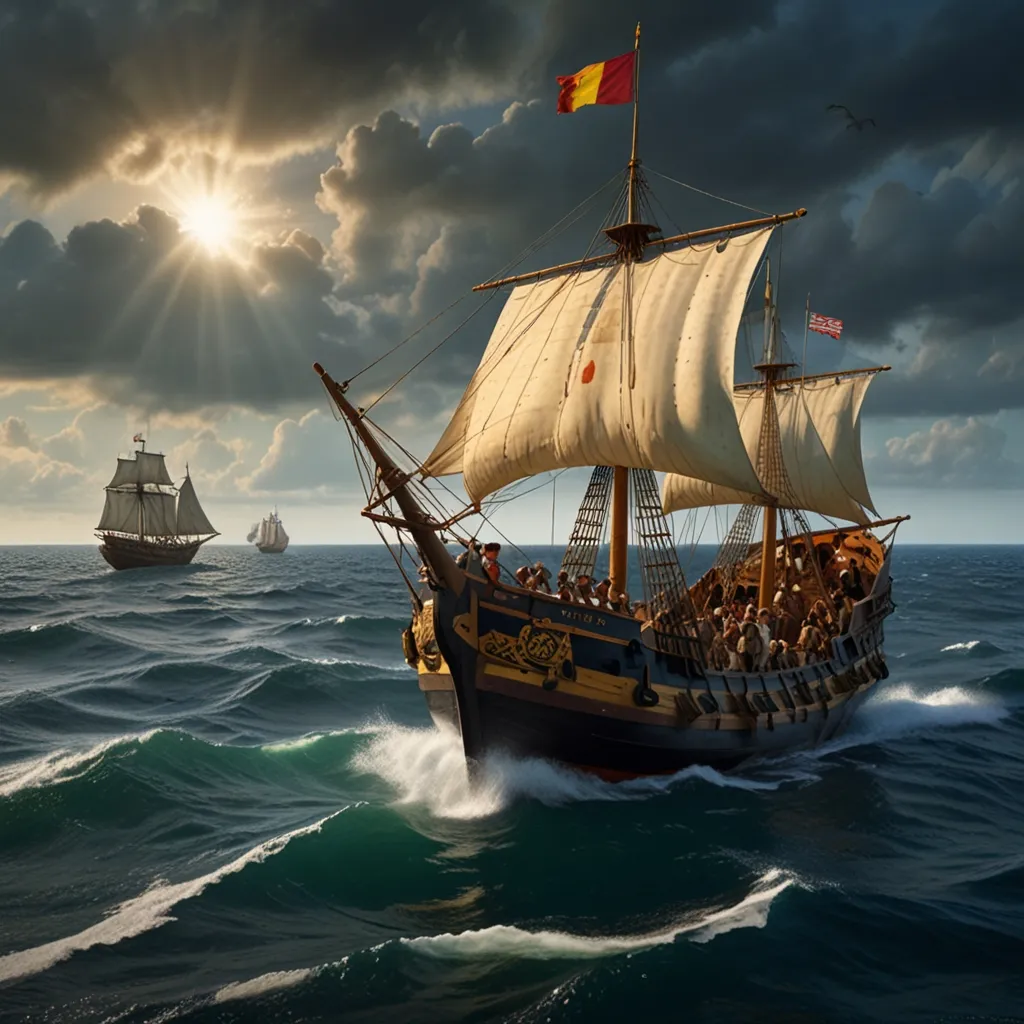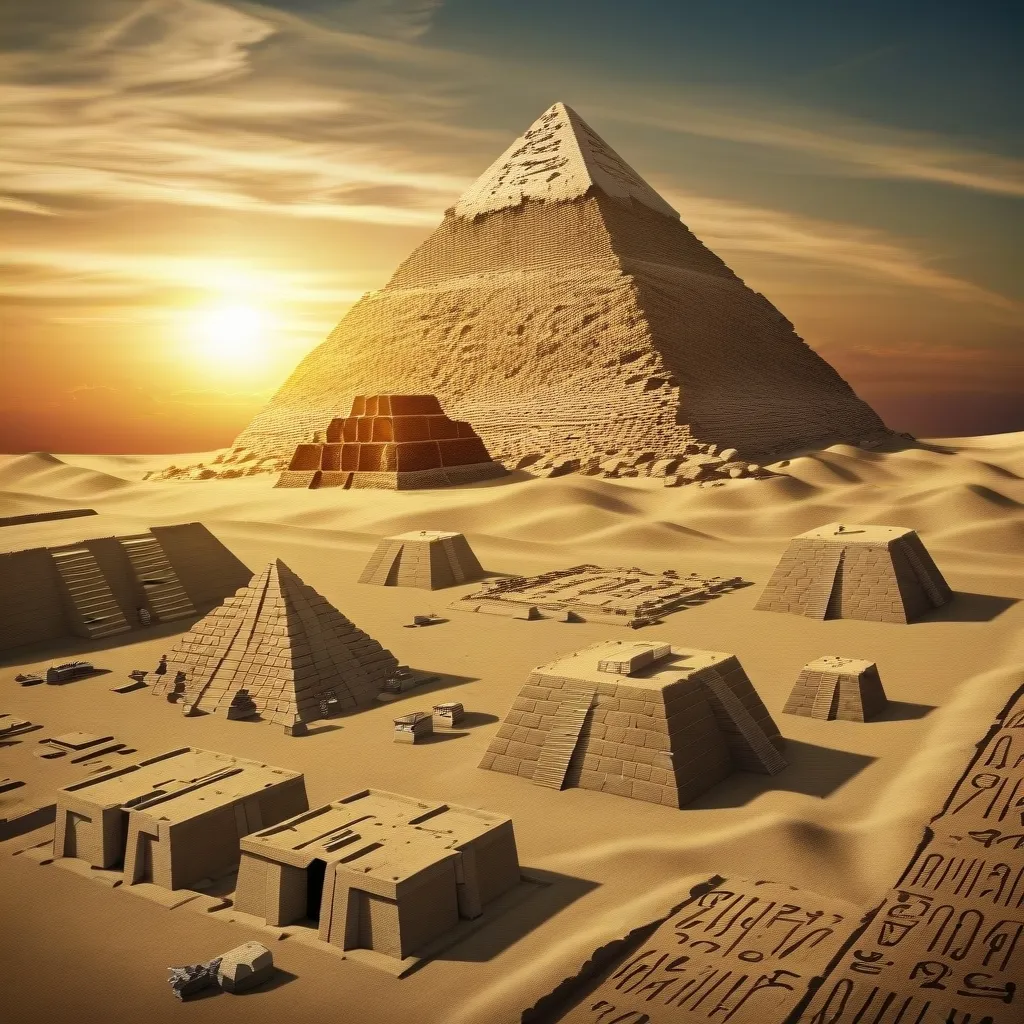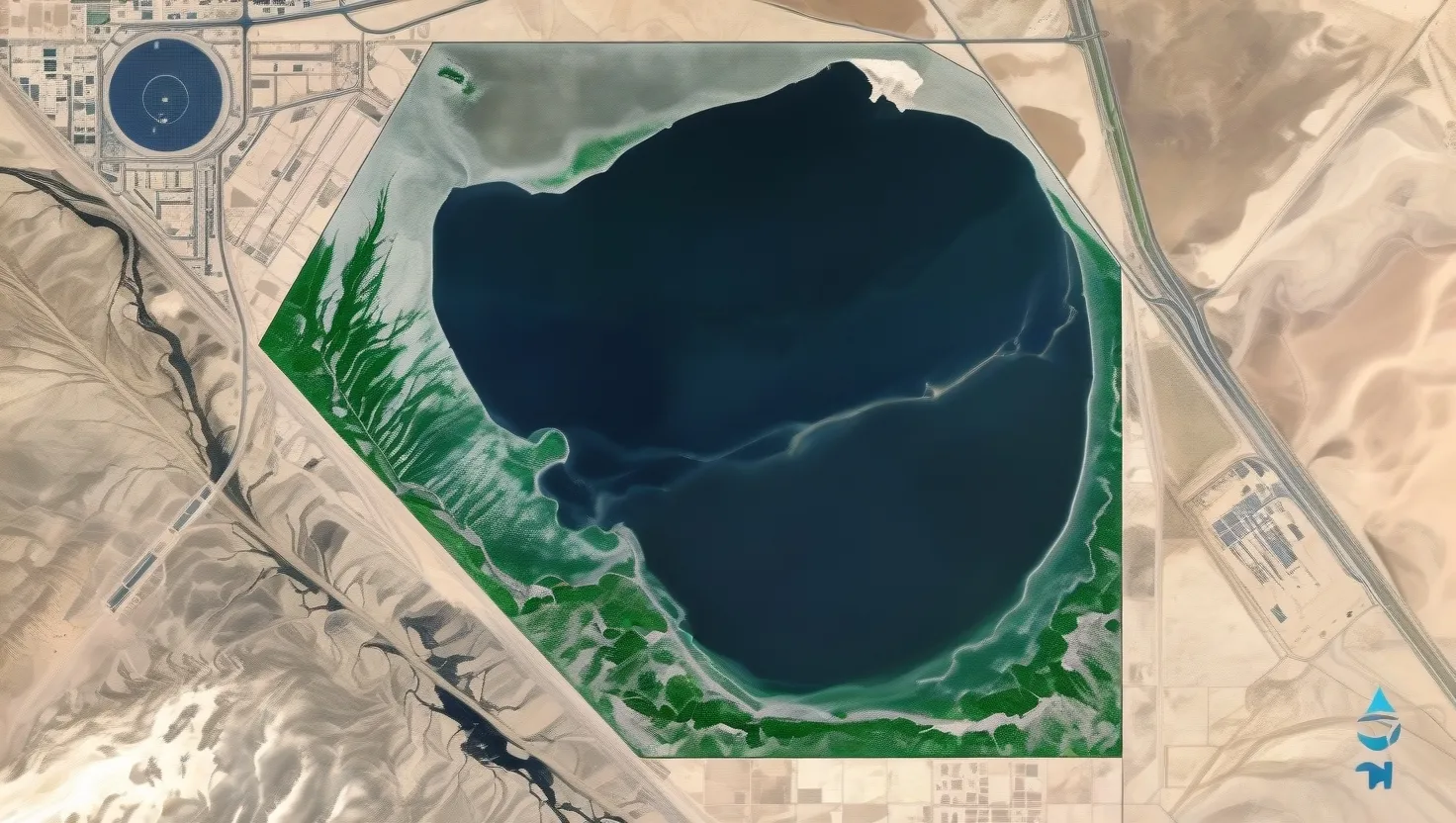Imagine societies at their peak—teeming cities, monumental architecture, systems so advanced they seem immune to disaster. Yet, when I look back, the story isn’t about grandeur or innovation. It’s about what happens when people push their environment past its limits. Sometimes, the biggest threat comes not from an enemy across the border, but from the soil beneath our feet turning barren, the rains stopping, or the forests vanishing.
I find Ancient Mesopotamia, often called the cradle of civilization, a stark opening lesson. Here, irrigation brought prosperity along the Tigris and Euphrates rivers. City-states like Ur and Lagash flourished, inventing writing, law, and complex trade. But the same ingenuity that let them tame the desert became their undoing. As they repeatedly diverted river water onto their fields, minerals from the water built up in the soil—salinization. Year after year, crop yields cratered. Landowners abandoned the farms that once fed thousands. Invaders capitalized on this weakness, but the real conquest was by salt, silently accumulating until cities crumbled. It’s easy to marvel at Sumer’s ziggurats, harder to recall the legacy of poisoned earth left behind.
“What we do to the land, we do to ourselves.”—Chief Seattle
The Maya, deep in Central America, offer a different but equally haunting example. These people mapped the stars and raised pyramids from jungle floors. At their height, millions depended on a delicate interplay of forest, soil, and rain. Their water management was intricate: reservoirs, canals, and artificial wetlands. Deforestation, though, proved their undoing. Cutting down vast tracts for building, fuel, and farming eroded the thin tropical soils. The land, stripped of its trees, washed away when rain finally came. When drought cycles hit, the reservoirs silted up and failed, food production collapsed, and cities like Tikal and Copán were abandoned. Sometimes, I wonder if the Maya realized—too late—that even the most complex technology can’t bend nature indefinitely.
Do you ever think about what would happen if the water simply ran out in our own cities? For the Maya, it wasn’t just a hypothetical—it was the final chapter.
“If you want to understand today, you have to search yesterday.”—Pearl S. Buck
Easter Island, or Rapa Nui, stands out for how total collapse can look on a small scale. Here, Polynesians sculpted moai—giant stone figures—using trees for transport. But trees did more than provide building material; they shielded soil, held moisture, and let people fish by building seagoing canoes. As the forests vanished—felled for farmland, fuel, and those very statues—the ecosystem unraveled. With no wood left, fishing stopped. The soil, laid bare, blew away in the wind. Resources shrank, and social order fractured. The moai still stand, silent witnesses to a vanished world. Easter Island’s isolation makes the lesson sharper: on a finite patch of earth, there’s simply nowhere else to go.
Angkor and its sprawling temples are another echo of what happens when nature’s patience wears thin. The Khmer Empire built a hydraulic city, with an intricate web of canals and reservoirs to ride out Southeast Asia’s monsoons. It worked beautifully—until it didn’t. Population growth pushed people to clear upland forests for fields. The exposed soil washed into canals, filling them with silt. In the 14th century, the empire faced swings between devastating drought and flooding. The hydraulic system choked and failed. Water, once the guarantee of power, became a reminder of vulnerability. Eventually, the capital was abandoned to the jungle, overtaken by the very environment it once mastered.
“In the end, our society will be defined not only by what we create, but by what we refuse to destroy.”—John Sawhill
Sometimes, I reflect on the Norse settlements in Greenland, which lasted for nearly half a millennium. Scandinavian settlers brought their own way of life—cattle grazing, dairying, and a reliance on European crops. But the Arctic is unforgiving. Overgrazing stripped the fragile tundra, exposing soil to wind and snow. As the climate cooled during the Little Ice Age, harvests shrank and pastures failed. The Norse watched as Inuit neighbors thrived on seal and whale, but clung to their own customs. Isolation, pride, or simple habit? No one knows for sure. What is clear is that starving families eventually abandoned their stone churches and farmsteads, their resilience exhausted by both nature and their refusal to adapt.
What would we do if the world we knew became impossible, but every instinct told us to keep doing more of the same?
Mark Twain’s famous words echo for me: “History doesn’t repeat itself, but it often rhymes.”
These stories stretch across continents and centuries, but a pattern emerges. Societies often reach their zeniths just as they’re sowing the seeds of decline. Prosperity drives expansion, innovation, and bold new projects—but it also masks the slow-motion crisis of resource exhaustion. Environmental change isn’t always sudden or obvious. By the time the first fields fail or the first reservoir dries, the real damage might already be done.
Yet, what fascinates me most are the decisions along the way. In every case, people faced choices. Do we clear one more acre of forest? Divert another river? Stick with our ancestors’ ways or learn from our neighbors? Sometimes, it was a matter of survival. Sometimes, ambition or faith in technology led them deeper into trouble. Only in hindsight does the path look inevitable.
Are there lessons here for us today? We often talk about sustainability, conservation, and resilience. But it’s easy to forget how quickly abundance can disappear, or how systems engineered for one set of conditions may falter in another.
I’m struck by how these ancient collapses can seem distant—irrelevant to the modern world built on satellites and silicon. Yet, the underlying challenges remain eerily similar. We still depend on soil, water, forests, and stable climate. Our technologies are advanced, but many are just more complicated ways to use more resources, faster. The signals of trouble—soil degradation, falling groundwater, biodiversity loss—are with us now, if we choose to see them.
“Ours is not the task of fixing the entire world at once, but of stretching out to mend the part of the world that is within our reach.”—Clarissa Pinkola Estés
I try to keep in mind the humility these stories demand. Civilization isn’t a finished product; it’s a fragile balance between people and planet, constantly needing care and recalibration. The great ruins—Ur’s ziggurat, Maya pyramids, Angkor’s causeways, Rapa Nui’s moai, Greenland’s empty farms—aren’t just tourist sites. They’re chapters in an ongoing story.
What would it take for us to recognize when we’re pushing too hard, using too much, or ignoring early warning signs? Would we listen? The societies I mentioned didn’t have global communication, satellite weather, or international research teams. We do. Our challenge is not just to notice problems, but to act on them—before the collapse, not after.
If you visit a ruin or wander through a patch of old forest, I invite you to see more than nostalgia or lost glory. See the choices made, the warnings missed, and the lives changed by something as simple—and as powerful—as the change in a river’s flow. The past doesn’t dictate our future, but it does offer a mirror. If we want to understand what’s possible and what’s at risk, that mirror is worth peering into.
Let’s keep asking: How do we care for our own foundations? When does innovation become overreach? And, perhaps most importantly, what kind of legacy do we wish to leave—not just for ourselves, but for those who come after?
As I close these pages of history, one last quote stays with me: “We do not inherit the earth from our ancestors, we borrow it from our children.”






